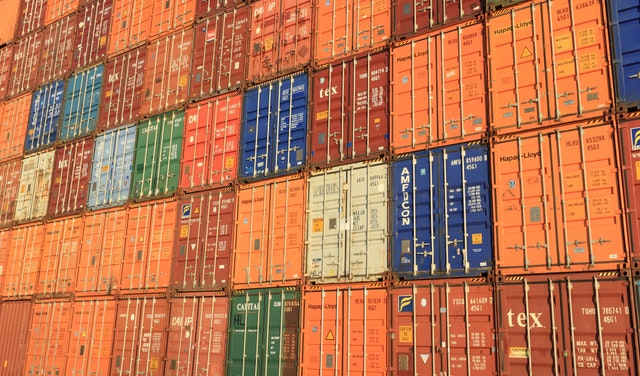Australian exports have performed strongly since the start of the pandemic. Most of our principal goods-export partners are in Asia and these economies have weathered the storm comparatively well – so far.
Economic strength in the Asia region is the principal reason why Australia’s resources, energy and agriculture exports have kept growing. Also, many minerals prices remain high, including iron ore prices. This has sustained the value of our resources exports.
Demand for our agri-foods has also been strong. Australian produce commands premium prices, with a reputation for high agricultural standards and a well-regulated food industry. In many cases, demand for Australian clean, green produce has increased as consumers in Asia seek healthy foodstuffs.
Australia’s increasing trade surplus
But how does this performance compare to previous years?
The latest trade data from the Department of Foreign Affairs and Trade and Investment (DFAT) confirmed that our trade sector is highly resilient (Source: DFAT Trade and Investment publications and articles, accessed July 2021). Australia achieved a record high surplus of over A$75 billion in 2020, in terms of the trade balance in goods and services.
This is an increase on the previous two years. Australian trade notched up surpluses of A$68 billion in 2019 and A$22 billion in 2018 (Source: DFAT Trade and Investment publications and articles, accessed July 2021).
Australia’s two-way trade in goods and services reached almost A$800 billion in 2020. Most of this trade is with Asia. 12 of Australia’s 15 largest trading partners are within the Asia region. These partners accounted for A$516 billion of Australia’s two-way trade, or two-thirds of the total (See table below).
15 Asia-Pacific trade agreements
Australia’s trade success is partly due to geographical good fortune. Commercial advantage also plays a role. All of Australia’s 15 trade agreements involve economies in the Asia-Pacific region. The 2020 agreements are:
- Australia-Hong Kong Free Trade Agreement (A-HK FTA)
- Peru-Australia Free Trade Agreement (PAFTA)
- Indonesia-Australia Comprehensive Economic Partnership (IA-CEPA)
- Pacific Agreement on Closer Economic Relations (PACER Plus)
High commodity prices keep China trade strong
Our trade with China has its challenges, but global prices favour Australia. Strong iron ore prices have helped to keep the value of Australian goods exports to China solid since June last year.
China remained Australia’s largest two-way goods and services trading partner in 2020. This relationship currently accounts for around 31% (A$245 billion) of Australia’s total trade (see table below).
Japan and Korea continue to be important trading partners. They account for around 13% of total trade (over A$100 billion) (see table below).
Exporters are diversifying across the Asia-Pacific region
Many exporters who have been dependent on China have steadily diversified across the region. For example, the ASEAN group of countries in Southeast Asia now accounts for almost 13% of Australia’s two-way trade (see table below).
Australia also maintains strong trading links with traditional partners. The European Union and the United Kingdom (UK) together account for 13.3% of Australian trade. The United States, another 9.1% (see table below).
Brexit brings benefits to Australian exporters
Australia and the UK reached agreement in principle on core elements of a free trade deal on 15 June 2021. Negotiations continue. However, the FTA will probably be more comprehensive than any other FTA – except our current agreement with New Zealand.
Trade liberalisation with the UK will strengthen diversification. Food exports sectors will likely benefit as UK gradually lowers its high food tariff barriers and increases quotas. A relaxation in visa constraints and the mutual recognition of qualifications should also see an increase in exchange of expertise.
Increased opportunities in the UK should hopefully give a boost to an export-led, post-COVID-19 recovery
Australia’s exports of goods and services in 2018, 2019 and 2020 in current prices
Notes: 1 Totals may not always add up exactly due to rounding. Refer to the DFAT website (www.dfat.gov.au/trade/pages/trade-and-investment) for more information. 2. Asia Pacific Economic Cooperation. 3. Regional Comprehensive Economic Partnership. 4. Association of South East Asian Nations. 5. EU28 from September 2013 and data includes DFAT estimates for some years. CAGR = compound annual growth rate. SAR = Special Administrative region of China. Sources: Department of Foreign Affairs and Trade, 2021, trade statistics, Australia’s goods and services by top 15 partners 2021; Australian Bureau of Statistics, 2020, Australian National Accounts: National Income, Expenditure and Product, Table 3; Austrade Economics.





